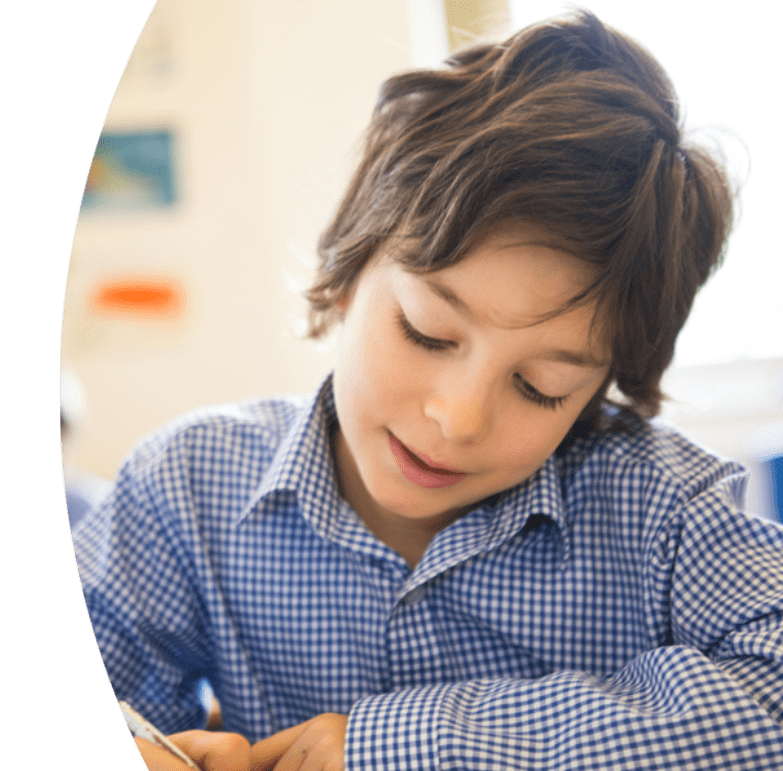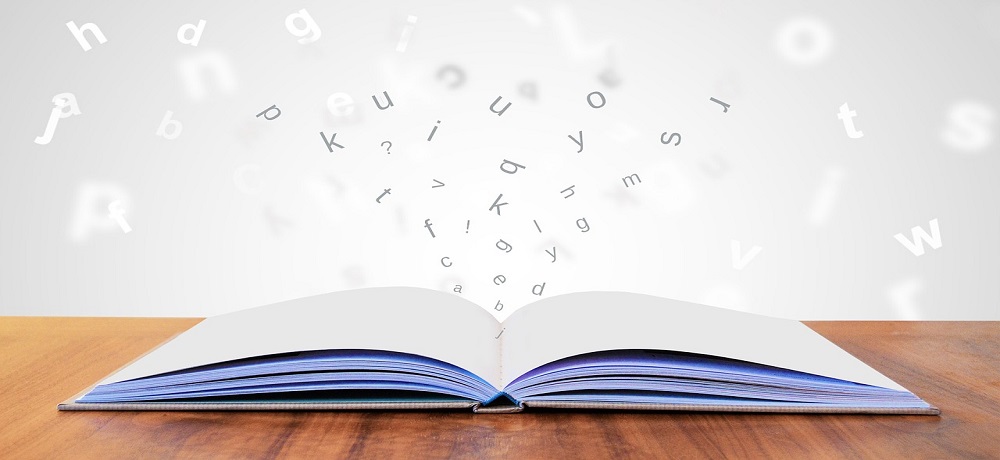Top Tips To Choosing Italian Primary Teaching Didactics
Wiki Article
What Materials For Teaching Are Required For The Italian Primary Or Nursery School?
In order to support their learning and development to aid in their development and learning, an Italian primary or nursery should offer a variety of materials. Here are a few items that may be needed Workbooks and textbooks are required to teach the fundamental subjects like Italian mathematics and language sciences, social study and science.
Craft and art materials This includes crayons, paint, brushes markers, and other supplies students can use to create projects.
Puzzles, blocks or games that require manipulatives are excellent for developing problem-solving and critical thinking abilities.
Education technology Computers (tablets, etc.) and other technological devices can be used to assist students learn, and also give them extra resources.
Visual aids such as posters, charts, maps and other visual aids can be useful for helping students to learn and retain key concepts.
Books: A variety books that are age-appropriate in Italian will encourage reading of Italian and language development.
Musical instruments: Musical instruments like tambourines, xylophones or maracas can be used for teaching rhythm and appreciation for music.
Safety supplies such as fire extinguishers, first aid kits, as well as emergency procedures posters will ensure the safety of the students as well as staff.
Sport equipment: Cones, balls, and various other sports equipment can be used during physical education classes or playing outside.
Italian primary elementary, secondary and nursery schools require a variety of teaching tools that will create an engaging learning environment. Have a look at the most popular sostegno scuola primaria for blog info.

What Math Teaching Materials And Educational Tools Are Advisable In Italian Nurseries
Maths teaching materials and educational aids can assist children in Italian nurseries develop their spatial, numerical, and problem-solving skills. Examples of materials that are recommended include: Counting manipulations: Counting manipulatives, such as counting bears and blocks could aid children in improving their skills in counting along with fine motor skills and their hand-eye coordination.
Charts, number cards: Use charts and cards to teach your kids how to count and also to master numbers. This could include large and vibrant numbers that can be placed on the walls or smaller ones that children can hold.
Shape manipulatives. Shape manipulatives, such as magnetic tiles and wooden puzzles can help develop spatial reasoning and help children understand the characteristics of different shapes.
Measuring instruments: Measuring tools like rulers or measuring tapes as well as scales will aid your child in understanding comparisons and also develop their mathematical vocabulary.
Simple games and puzzles such as dominoes matching and jigsaws aid in helping build problem-solving and focus skills in children.
Technology-based learning aids for students. Technology aids like tablets with educational math games and apps could help students learn in the classroom and also provide them with additional sources.
It is crucial to utilize the materials in accordance with their developmental stage and ensure they are appropriate and safe for young kids. Teachers and parents can make use of these materials to develop exciting and engaging math activities that promote children's curiosity and love of learning. Follow the recommended materiale didattico matematica sostegno for site tips.
What Science-Based Teaching Material Is Needed In Italian Nurseries?
The use of science teaching materials in Italian nurseries is a great opportunity to get children to explore and discover what's all around them. Here are a few examples of the is needed. Planning and preparing the curriculum: A well designed plan of instruction and curriculum that incorporates ideas from science can assist children in learning about a variety of concepts and skills in science.
Visual aids are also useful. Posters and charts as well as manipulatives like magnifying glasses and natural specimens can aid children in learning science concepts visually.
Videos and books. Videos or books on topics like weather or space, animals, and plants are a great way to engage kids, while providing them with additional sources.
Outdoor learning spaces. Children can discover the natural environment in playgrounds, gardens and other learning areas outdoors.
Parents involved: Involving parents in the teaching of concepts in the nursery and promote the involvement of their children in the classroom.
Assessment tools. Teachers and caregivers can make use of these tools to track their children's progress, and to identify areas of needing extra support.
It is crucial that the teaching materials are suitable for children of all ages. These materials can be used by teachers and caregivers to create interactive and engaging science activities which will encourage children's curiosity. Read the top schede didattiche scienze for more tips.

What Kinds Of Geography Resources Should Be Used In Italian Kindergartens?
Italian nurseries can utilize geography-related materials to help children understand various cultures and different environments. Here are a few examples of geography-related teaching materials: Maps. Maps is a great tool to help children understand geography, including the features of geography in different countries and regions.
Globes: Globes allow children to learn about oceans, continents and other features of the earth.
Video and Pictures: Images and videos showing different cultures and places are a great way to teach children about the diversity of the world. Children will also be taught how different people live.
Books Age-appropriate books with a focus on different cultures and countries all over the world could help children develop a curiosity for geography.
Natural materials, like plants, shells and stones, can be used to teach children about the diverse ecosystems and the different environments.
Field trips. Field trips are an ideal way to provide your children with real-life experiences, as well as a chance to introduce them to geography.
It is vital to choose geo-related materials that are both suitable for both a child's and a parent's age. These materials will help teachers and parents design engaging and fun geography activities for children that encourage their curiosity and passion for exploring the world.

